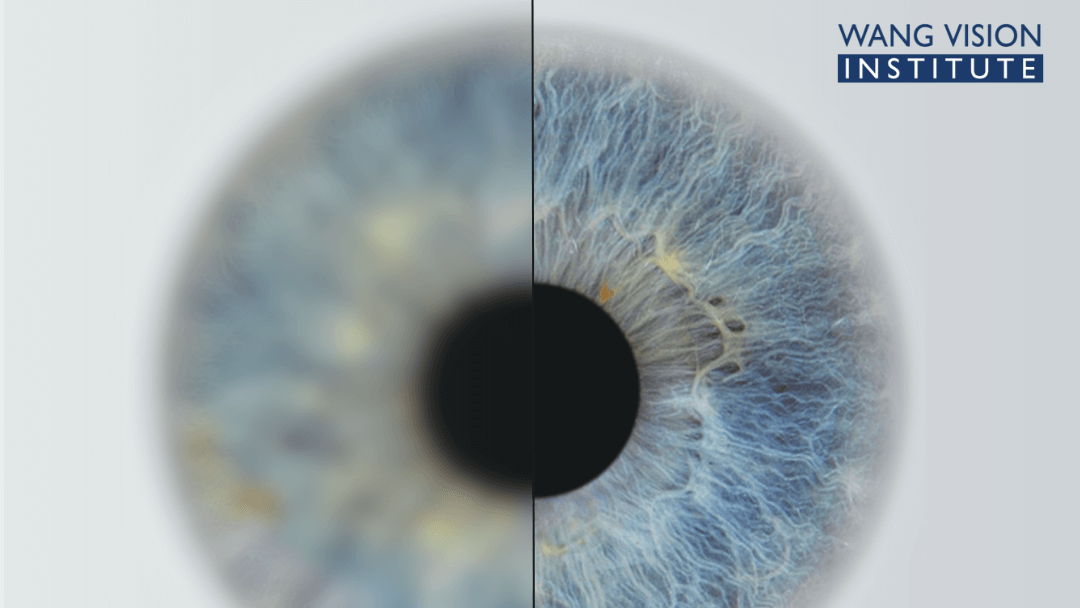Cataracts Awareness Month: The Signs, Causes, and Risk Factors of Cataracts
&srotate=0)
June is Cataract Awareness Month! At Wang Vision Institute, we are dedicated to raising awareness about cataracts. This common age-related eye condition affects millions worldwide and is the leading cause of preventable blindness in the U.S. In this blog post, we will delve into the signs and symptoms of cataracts, their causes, and risk factors to help you detect them early and protect your vision.
Cataracts Defined
Cataracts refer to the clouding of the eye's natural lens, which affects vision clarity and quality. As cataracts develop, the lens becomes progressively opaque, leading to blurred or distorted vision. This condition is typically age-related but can also occur due to various other factors.
Signs and Symptoms
Recognizing the signs and symptoms of cataracts is crucial for timely intervention. The most common indicators include:
- Blurred Vision: One of the primary symptoms of cataracts is experiencing blurred vision as if looking through a foggy or hazy lens. This blurriness may affect both near and distant vision.
- Sensitivity to Light: Individuals with cataracts often become more sensitive to bright lights, particularly glare from the sun or artificial light sources. Glare may cause discomfort and difficulty in seeing clearly.
- Poor Night Vision: Cataracts can impact vision in low-light conditions, making it challenging to see in dimly lit environments. Night driving may become more difficult due to reduced vision clarity.
- Color Distortions: Cataracts can alter color perception, causing colors to appear faded, yellowed, or less vibrant than they once were. It can also affect the ability to distinguish between different hues.
- Double Vision: Some individuals with cataracts may experience double vision in one or both eyes. This occurs if the eye's lens becomes unevenly clouded, causing light to split into two distinct images.
Causes and Risk Factors:
Age-related cataracts are the most common, occurring gradually as part of the natural aging process. However, other factors can contribute to their development, including:
- Prolonged Sun Exposure: Chronic exposure to ultraviolet (UV) radiation from the sun can accelerate the formation of cataracts over time. Wearing sunglasses and UV-protective eyewear is essential for eye health.
- Genetic Factors: Some individuals may have a genetic predisposition to developing cataracts, making them more susceptible to the condition earlier in life.
- Diabetes: People with diabetes are at a higher risk of developing cataracts due to the impact of elevated blood sugar levels on the eye's lens.
- Smoking and Alcohol Consumption: Long-term smoking and excessive alcohol consumption have been linked to an increased risk of cataracts.
- Eye Trauma or Surgery: Previous eye injuries or surgeries can contribute to the development of cataracts, although this is less common.
Understanding the signs and symptoms of cataracts is crucial for early detection and effective treatment. If you or a loved one experience any of the mentioned symptoms, it is crucial to consult an ophthalmologist for a comprehensive eye examination. At Wang Vision Institute, we offer multiple advanced cataract treatment options. Contact us today and schedule a consultation with one of our highly experienced eye professionals if you are interested in cataract removal.
To learn more about our vision care options, attend our FREE Online Vision Seminar Tuesdays at 6:45 p.m. CST. RSVP now!